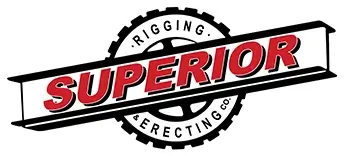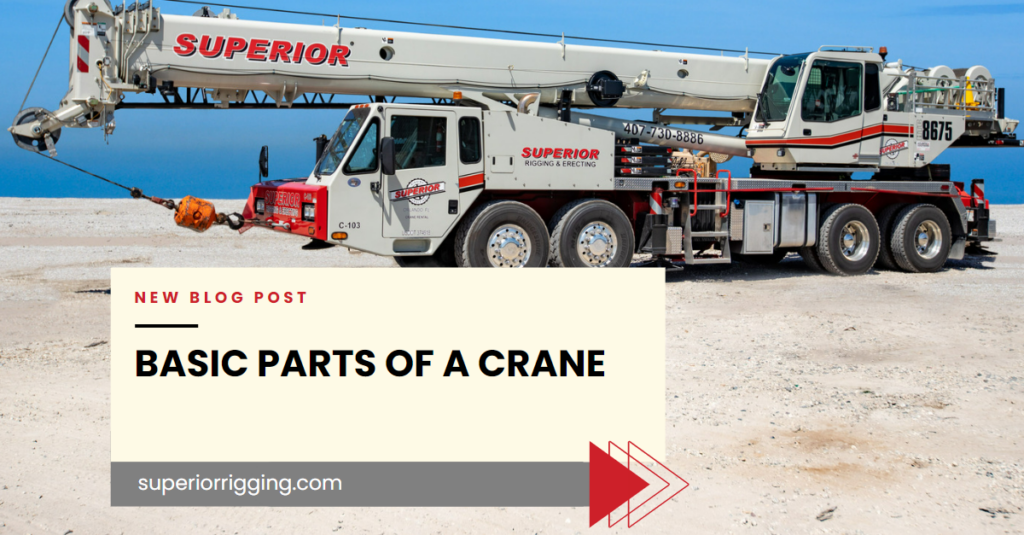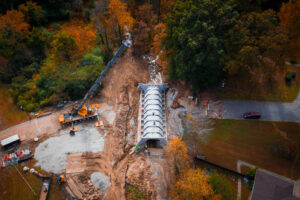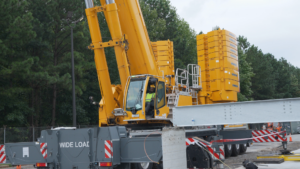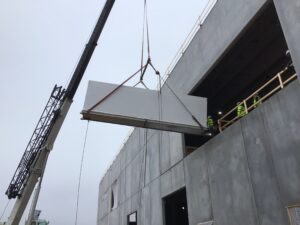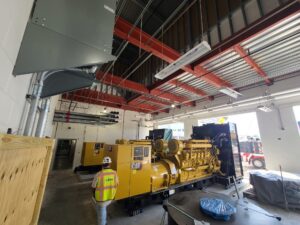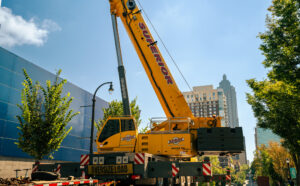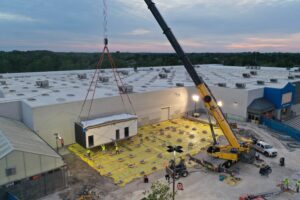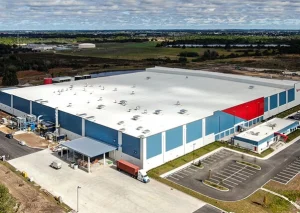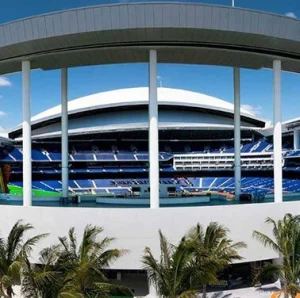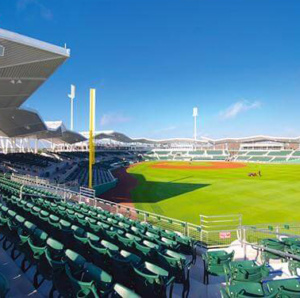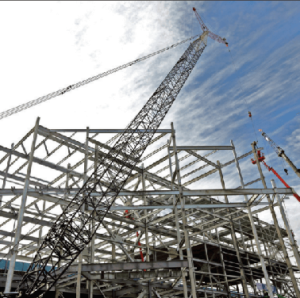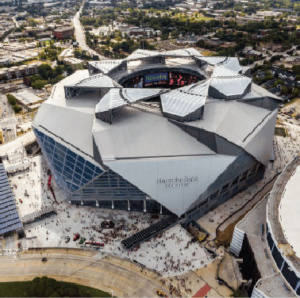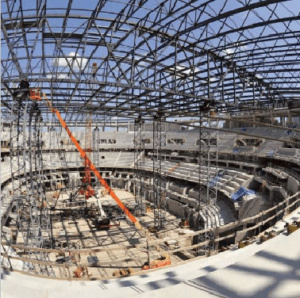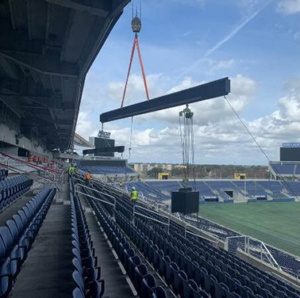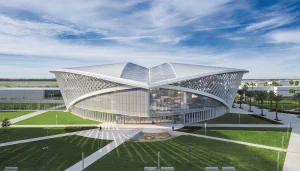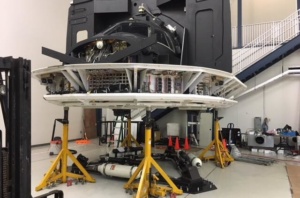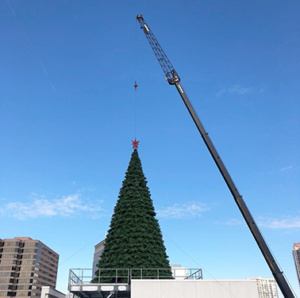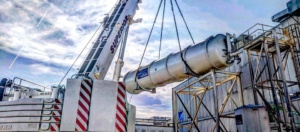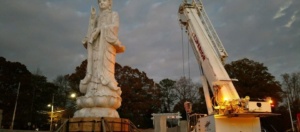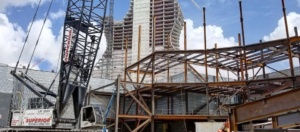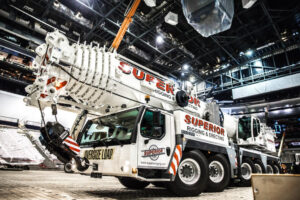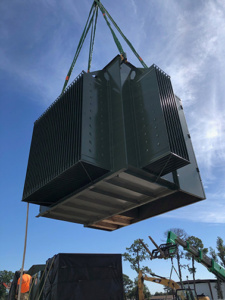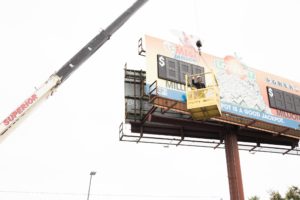Whether you’re an experienced professional or a newbie to the construction site, it’s easy to forget the names of the different crane components that make up this heavy equipment. From crawler cranes and mobile cranes to a specialty portal crane and the largest tower crane, there are several basic parts of a crane that each have in common. In this article, we’ll go over these different parts, identify them by the overall area they’re located in, discuss the type of work they do, and explain why it’s important to make sure they’re in good shape when moving heavy materials in the construction industry and other sectors.
Crane Parts You Need to Know
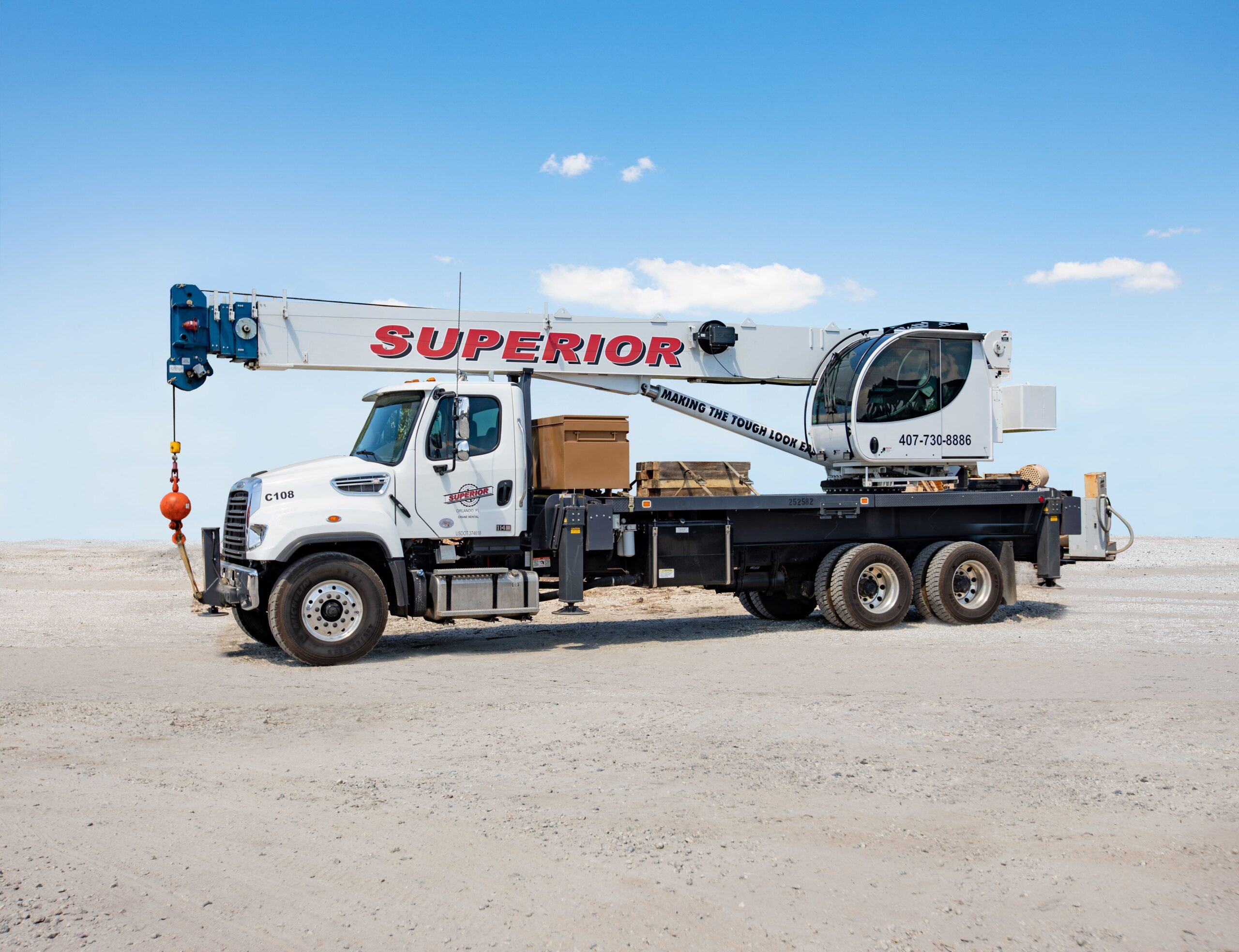
Let’s start out by describing the most basic parts of the crane, no matter what type of crane you may be using. These include the boom, counterweight, and operator’s cab, all of which are necessary for the crane to operate effectively. In existence for about 5,000 years, cranes were used for lifting water in ancient Mesopotamia, Egypt, and Greece, moving it with a beam in place of a lattice boom that had a load block counterweight, a platform for an operator, and a fibrous rope in place of a wire rope cable. Engines, enclosed cabs, and similar refinements would come over time.
Boom
The main boom is the one part that makes the crane different than any other type of heavy equipment. There are a few different types of booms that can be used, including an extendable or hydraulic boom, which provide different lengths of reach and height for moving a load. The boom is what supports the wire rope cable and hook block, and it can pivot and raise to move from one location to another. Because it can swing, it allows you to move a load without a lot of extra space since it can move over the top of many obstacles. Some types of cranes, such as a tower crane, are assembled on site, while a hydraulic truck crane boom will have telescoping sections to reach out further than the length of the ruck would otherwise allow.
Counterweight
The counterweight system keeps your crane in balance, preventing it from tipping over when the leverage of heavy loads would overpower its ability to remain upright. This essentially includes a heavy weight that is located on the opposite end of the crane from the boom. You could think of the boom and counterweight as a child’s seesaw. If there is too much weight on one end, the other end won’t stay on the ground. The counterweight system provides additional weight on the back of the crane to prevent it from coming off of the ground. There are other parts that help to stabilize the crane and prevent it from tipping, but we’ll discuss those below. Counterweights can be added and removed to adjust the weight of the crane and its overall stability.
Operator’s Cab
The operator’s cab was originally a platform where the controls were located – in ancient times, a wheel with handles that would turn to retract and extend the rope. Today, it can consist of a myriad of levers, switches, and buttons, depending on the types of cranes you’re using. The operator’s cab is designed to provide a good view of the construction site, a safe place for the operator to remain while the crane is in operation, and a protected area for the crane’s many controls.
Supporting Parts of a Crane
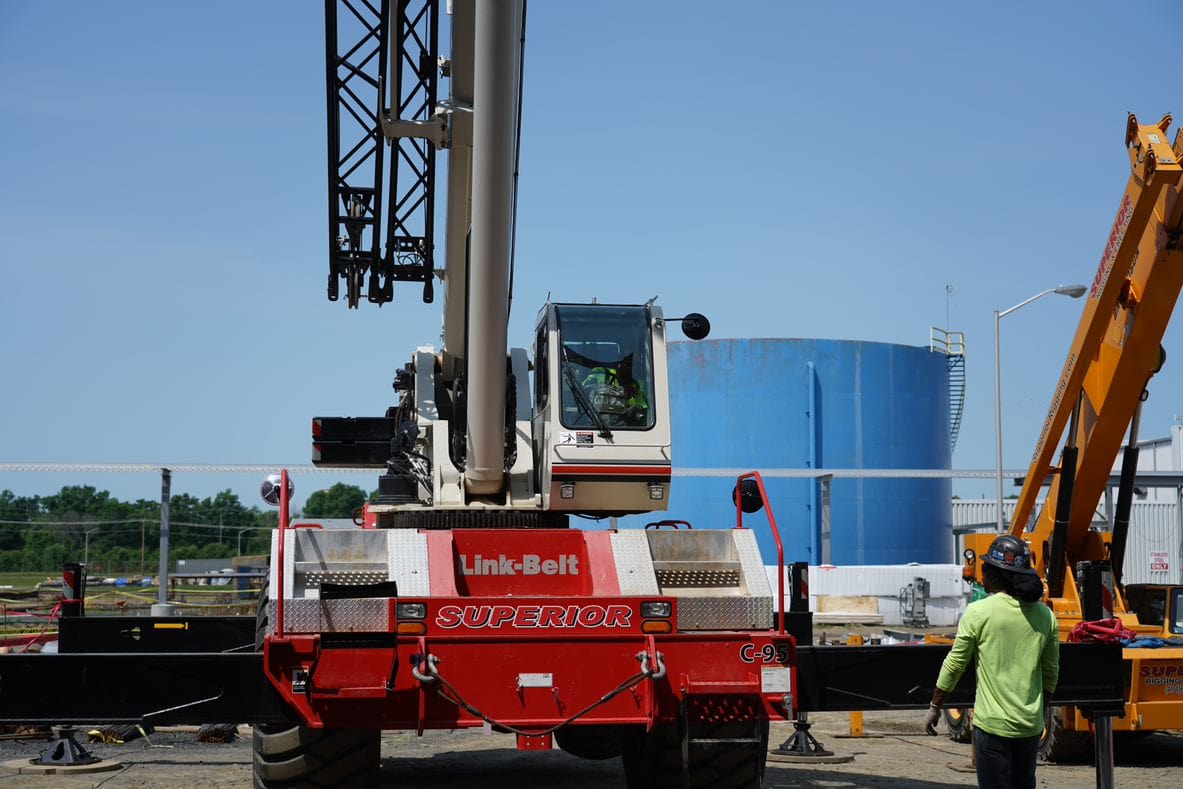
These pieces of a crane provide support and assistance for the lifting force of the crane, from providing additional stabilization to allowing it to reach further to making it possible to safely raise a load.
Outriggers & Outrigger Pads
Outriggers and outrigger pads help to stabilize the crane, hence their other moniker of stabilizers. Outriggers are hydraulically controlled legs that extend down from the crane to widen its base stance, making it harder for it to tip or dig into the soil when it is working. Outriggers also provide support when you’re on less than smooth ground or slopes. Outrigger pads are commonly used on softer soils or with heavier loads, as they spread out the force of the hoist on the outrigger into more of the surrounding terrain. This makes it easier for the soil to support the weight of the load that is being moved, as well as the weight of the equipment.
Jib
The jib is an extension of the main boom, typically fixed, and able to reach further horizontally than the main boom is able to do. This provides a wider range of reach for the telescopic crane, making it easier to get into difficult spaces or where the ground may make crane placement difficult closer to the objective.
Luffer
By comparison, a luffer or luffing crane is essentially a jib that is hinged instead of fixed. This hinge allows the luffer to be moved up and down instead of just horizontally, providing a wider range of possible ranges the crane will be able to reach effectively.
Rigging Equipment
Rigging equipment includes a range of hardware, typically used at the hoisting end of the crane, which can include items such as a hook, load block, hook block, wire rope cable, turnbuckles, spreader bars, lifting beams, eyebolts, pulley blocks, and similar equipment that provides a lift point for a heavy load or secures it from becoming unstable during lifting.
Lift Plans
Unlike the rest of the parts we’ve discussed to this point, a lift plan isn’t physical, unless you make a printed copy, but is the plan created to safely lift the load or loads. This includes risk assessments, safety plans to prevent injury or damage, methods that will be used to reduce risk, and job site factors that may complicate the lift.
Operating Parts of a Crane
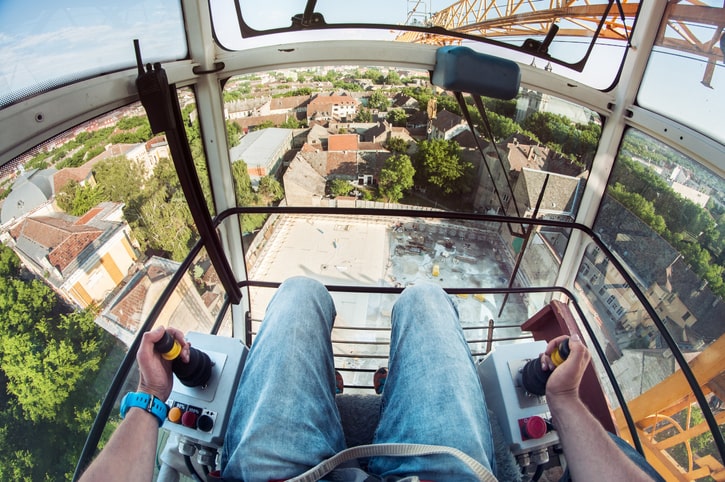
The operating parts of the crane include its power source or engine, hydraulic system, and controls that allow the hydraulic system to move the parts of the crane to lift the load.
Engine
The engine on a crane is typically either diesel for portable cranes or electricity for tower or long-term crane installations. This power is used not only to move the tires or treads on a portable crane, but also to run the hydraulic motor, allowing all of the crane’s hydraulic systems to operate effectively to lift the load, move the crane, and stabilize the crane in its position while lifting.
Controls
Crane controls will depend on the specific capabilities of the crane. At a minimum, hydraulic controls to manage rotation and lift are needed, but many cranes have far more capability than just that. Separate hydraulic controls will be used for raising and lowering outriggers, controlling booms, and moving jibs and luffers. Portable cranes will also have driving controls, including brakes, throttle, and steering, while road-legal cranes will have additional controls as required by the Department of Transportation for legal operation on the roads, such as headlight and signal light controls, a horn, parking brakes, windshield wipers, and similar necessities.
Certified Operator
At the heart of the crane is the operator. Having a certified crane operator ensures that you can minimize risk and liability when your business has a crane in operation, preventing injuries and damage to property. It’s important that anyone operating a crane at your business is certified and keeps up with their certification requirements. If you’d prefer to outsource your crane operations, all the riggers and operators at Superior Rigging and Erecting Co. are certified and kept updated on the latest training and safety briefings in the industry.
Crane Rentals from Superior Rigging and Erecting Co.
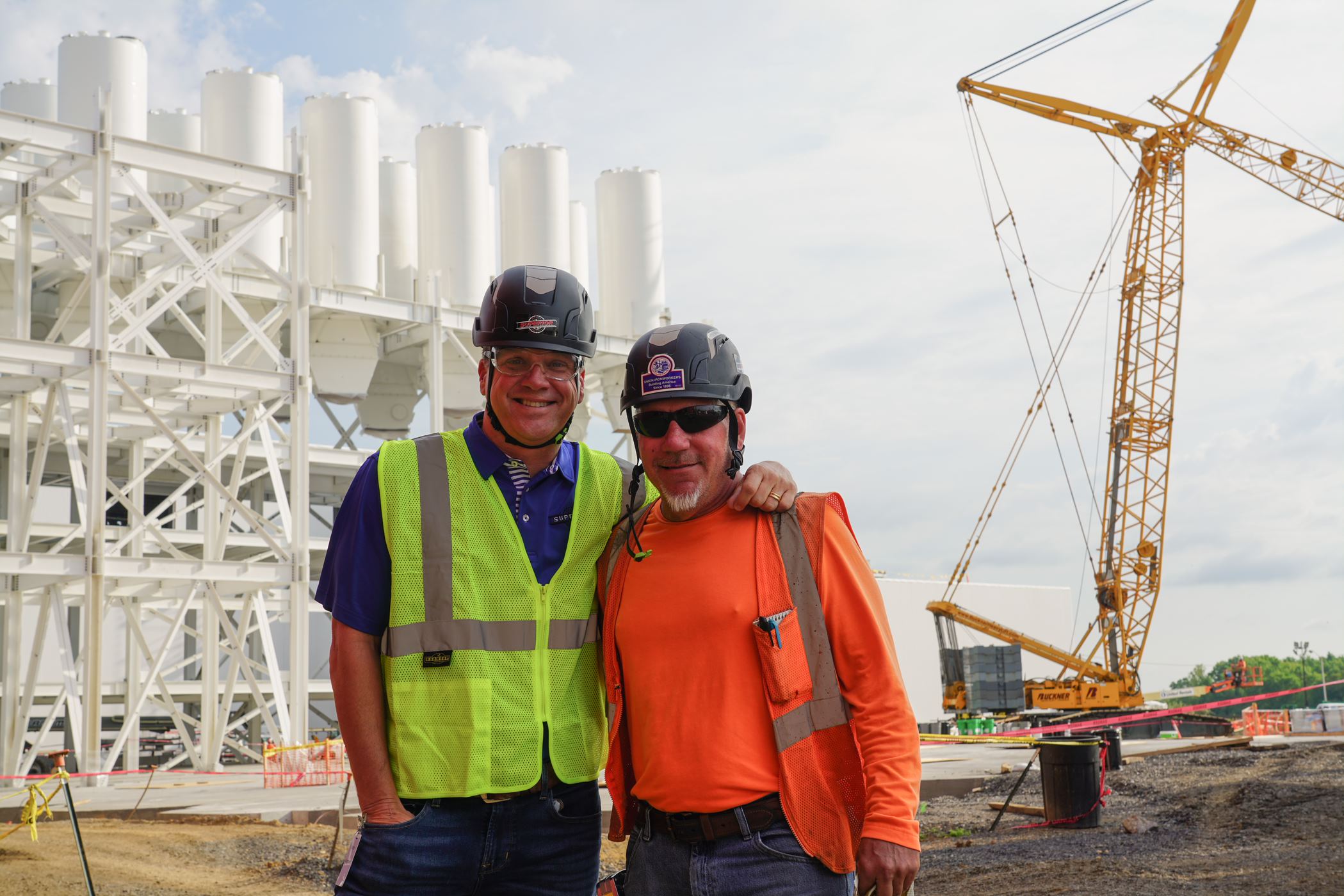
No matter what kind of cranes or services your business needs, Superior Rigging and Erecting Co. is your source for exceptional value and service. We offer a range of crane rentals including:
- Carry Deck Cranes provide easy access to restricted areas with lifting capacity of up to 18 tons.
- Hydraulic Truck Cranes are road legal and highly portable, making it easy to get heavy loads up to 110 tons lifted.
- Lattice Boom Crawlers are used for heavy loads up to 330 tons and are assembled on your job site.
- Rough Terrain Cranes deal well with uneven ground and have a wide stance for better stability, lifting up to 110 tons.
- Boom Trucks give you 45 tons of lifting power on a commercial truck base for easy portability.
- All Terrain Cranes take you from the road to the back country easily, with up to 330 tons of lift.
Our team always follows stringent safety guidelines, including going through checklists of all essential crane parts prior to a job, ensuring your crew can work safely and without accidents that can cause property damage. We can also provide you with certified riggers and operators who regularly work with the equipment you’re renting, ensuring that they’ll get the job done quickly, efficiently, and safely.
If you’re looking for a high-quality crane rental or help with finding the right solutions for your construction site, our experienced team is ready to help. Please feel free to reach out today with any questions, for more details on our wide selections of parts and services, or to get a free quote on your crane rental and any related services.
